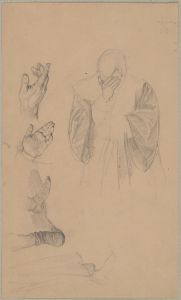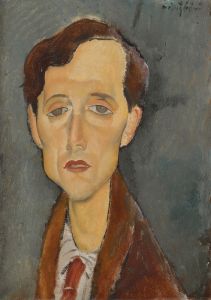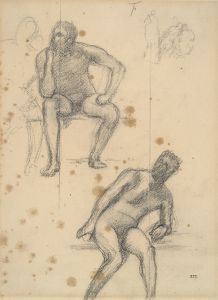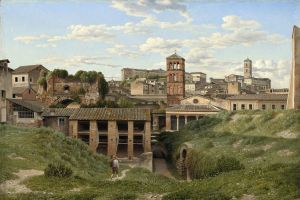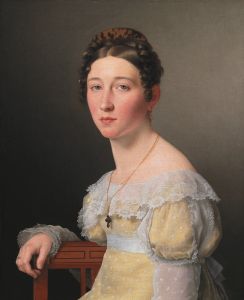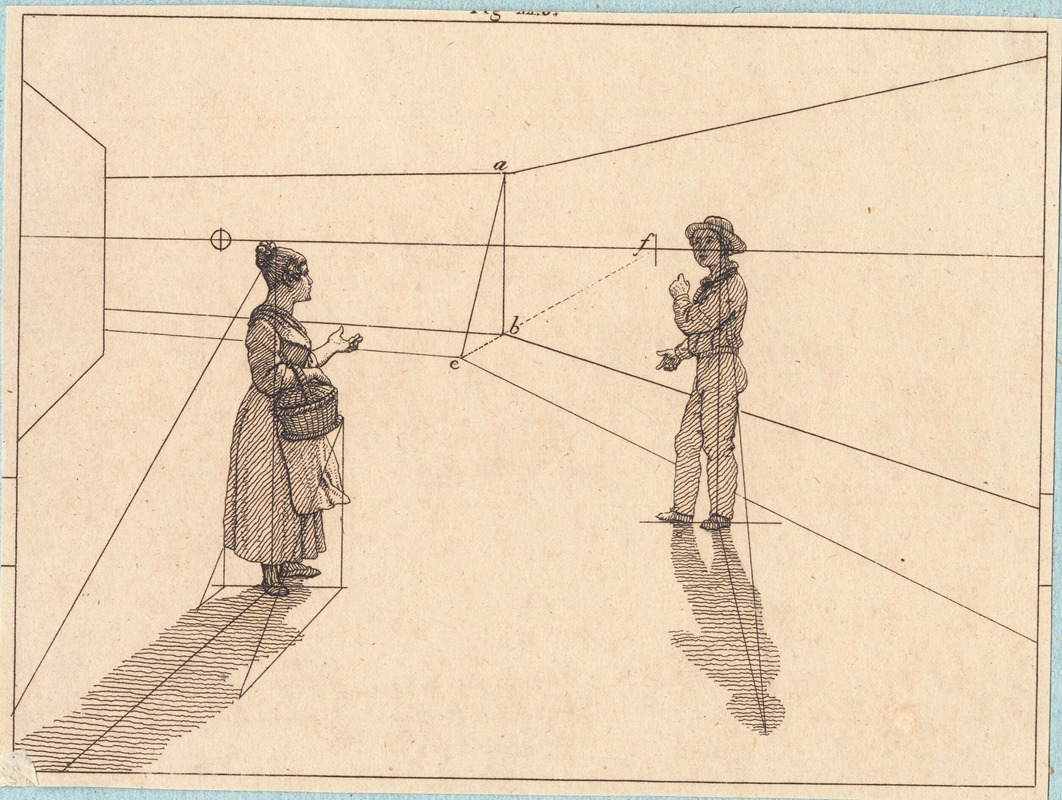
To figurer i en geometrisk konstruktion Illustration til Linearperspectiven , Tavle IV
A hand-painted replica of Christoffer Wilhelm Eckersberg’s masterpiece To figurer i en geometrisk konstruktion Illustration til Linearperspectiven , Tavle IV, meticulously crafted by professional artists to capture the true essence of the original. Each piece is created with museum-quality canvas and rare mineral pigments, carefully painted by experienced artists with delicate brushstrokes and rich, layered colors to perfectly recreate the texture of the original artwork. Unlike machine-printed reproductions, this hand-painted version brings the painting to life, infused with the artist’s emotions and skill in every stroke. Whether for personal collection or home decoration, it instantly elevates the artistic atmosphere of any space.
Christoffer Wilhelm Eckersberg, often referred to as the "father of Danish painting," was a prominent figure in the Danish Golden Age of painting. Born in 1783 in Blåkrog, Denmark, Eckersberg played a crucial role in shaping the Danish art scene in the 19th century. He was a professor at the Royal Danish Academy of Fine Arts and significantly influenced many students who later became notable artists themselves.
One of Eckersberg's notable contributions to art was his focus on perspective and geometry, which is evident in his work "To figurer i en geometrisk konstruktion Illustration til Linearperspectiven, Tavle IV." This piece is part of a series of illustrations that Eckersberg created to demonstrate the principles of linear perspective, a technique that allows artists to create the illusion of depth and space on a flat surface. Linear perspective was a revolutionary concept during the Renaissance and continued to be a fundamental aspect of art education in Eckersberg's time.
The artwork "To figurer i en geometrisk konstruktion" serves as an instructional illustration, showcasing the application of geometric principles in art. It is part of Eckersberg's broader efforts to educate artists on the importance of mathematical precision in creating realistic and proportionate compositions. This focus on geometry and perspective was not only a reflection of Eckersberg's own artistic philosophy but also a response to the broader European art movements that emphasized realism and accuracy.
Eckersberg's dedication to teaching perspective is further exemplified by his publication "Linearperspectiven," a treatise on linear perspective that included various plates and diagrams to aid students in understanding the technique. "Tavle IV" is one of these plates, illustrating how figures can be accurately constructed within a geometric framework. This work highlights Eckersberg's meticulous approach to art education and his belief in the integration of scientific principles into artistic practice.
The influence of Eckersberg's teachings on perspective can be seen in the works of his students, such as Wilhelm Bendz, Christen Købke, and Martinus Rørbye, who carried forward his legacy and contributed to the rich tapestry of Danish art. Eckersberg's emphasis on perspective not only enhanced the technical skills of his students but also encouraged them to explore new ways of seeing and representing the world around them.
In summary, "To figurer i en geometrisk konstruktion Illustration til Linearperspectiven, Tavle IV" by Christoffer Wilhelm Eckersberg is more than just an artwork; it is a testament to the artist's commitment to education and his pioneering role in integrating geometry and perspective into the artistic curriculum. Through his teachings and illustrations, Eckersberg left an indelible mark on the art world, influencing generations of artists and solidifying his place as a key figure in the history of Danish art.





